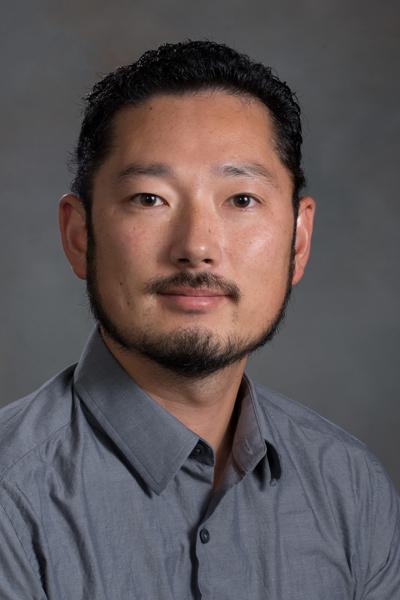
UNL ecologist Daizaburo Shizuka is lending his know-how to a crowdsourced research project to learn more about California condors — and, hopefully, to protect the embattled birds' population.
Shizuka, an assistant professor of research in the School of Biological Sciences, has joined researchers from four other U.S. institutions to build the crowdsourced site Condor Watch.
The site launches April 15; organizers hope to enlist like-minded “citizen scientists” to engage with a vast amount of data about the condors.
As part of decades of conservation measures to save the endangered birds, motion-activated cameras were set up in the birds’ habitats in central California and Arizona. The hundreds of thousands of photos those cameras have produced have been saved — but have overwhelmed the small group of scientists who have access to them.
“We haven’t been able to do much with that data, because there’s just too much,” Shizuka said.
That’s where Condor Watch comes in. Launched with the help of Zooniverse, a web portal that helps researchers utilize millions of like-minded users, Condor Watch is full of information on the species, the research project and how the citizen scientist platform works.
Anyone can help by going through photos and helping to identify birds' tag numbers, as well as note their behaviors.
Shizuka said the information will be valuable in furthering understanding about the condors' movement patterns and social behaviors. As a behavioral ecologist whose research focus is birds' social networks, he said he is eager to use Condor Watch to examine, in particular, how lead poisoning travels through populations of condors.
While successful captive breeding efforts in recent years have brought condors back from the brink of extinction, they still frequently suffer from lead poisoning caused by ingesting lead bullet fragments from scavenged carcasses. Thus, lead poisoning is not an infectious disease among condors, Shizuka said, but could be a socially transmitted problem if condors lead each other to feeding sites.
"I am trying to identify which birds are feeding together and from that, to see if we can build the social networks of condors and find out if the birds have stable, long-term relationships with each other," he said. "That could influence how lead poisoning spreads through the population. If birds are feeding together and one bird finds this lead-laden carcass, it might bring other individuals there."
The Condor Watch findings will be published to a wide audience through blogs and other media as they are made. This should allow more people access to the information in real time — information that can then be applied quickly to develop new and improved conservation practices.
Shizuka is joined in the project by Myra Finkelstein and Donald Smith of the University of California, Santa Cruz; Daniel Doak and Alexandra Rose of the University of Colorado; Vickie Bakker of Montana State University; Carolyn Kurle of the University of California, San Diego; and Holly Copeland of the Nature Conservancy. The project is conducted in partnership with the U.S. Fish & Wildlife Service; Pinnacles National Park; Ventana Wildlife Society; Santa Barbara Zoo; and the Nature Conservancy.
— Deann Gayman, University Communications